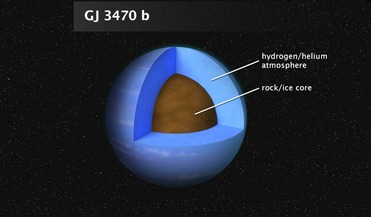 03 July 2019
New study reveals detailed exoplanet atmosphere
03 July 2019
New study reveals detailed exoplanet atmosphere
... of a new type of study that uses the combined multi-wavelength capabilities of NASA's Hubble snd Spitzer space telescopes to understand its chemical make-up. Gliese 3470 b (also known as GJ 3470 b), is a sub-Neptune/Super-Earth hybrid exoplanet...
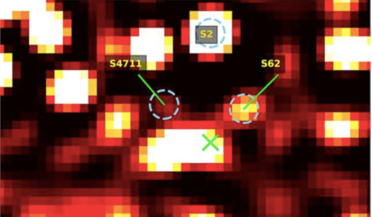 13 August 2020
Fastest star in the galaxy is found, and potentially its a “squeezar”
13 August 2020
Fastest star in the galaxy is found, and potentially its a “squeezar”
... A* at speeds of 24, 000 kilometres per second, have been found by a team of European scientists using the Very Large Telescope (VLT) in Chile. Circling Sgr A* from a distance that is comparable to the size of our Solar System, is a small cluster...
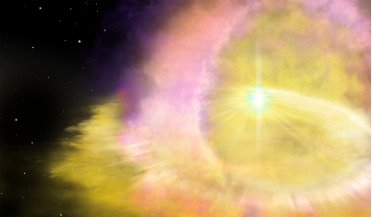 15 April 2020
Scientists discover most brightest and energetic supernova yet
15 April 2020
Scientists discover most brightest and energetic supernova yet
... 2016aps was first detected in data from the Panoramic Survey Telescope and Rapid Response System (Pan-STARRS), a large-scale ... programme. The team also used data from the Hubble Space Telescope, the Keck and Gemini Observatories, in Hawaii, and the ...
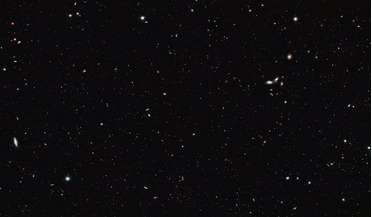 14 October 2016
Observable Universe is populated with 10 times as many galaxies as previously thought
14 October 2016
Observable Universe is populated with 10 times as many galaxies as previously thought
... using data from the NASA/ESA Hubble Space Telescopes and other telescopes have shown that this figure is at least ...technical limitations cannot be observed by the current generation of telescopes in use today. The results were startling and the team...
 21 November 2017
First interstellar asteroid looks nothing like expected
21 November 2017
First interstellar asteroid looks nothing like expected
... Sun. Known as 1I/2017 U1 (`Oumuamua) or just `Oumuamua for short, the object, first detected by the Pan-STARRS 1 telescope in Hawaii, was initially thought to be a typical home-grown fast-moving small asteroid, but further observations over...
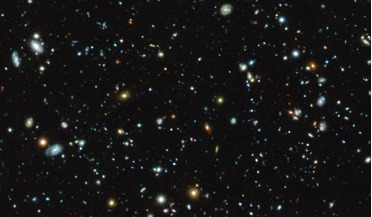 29 November 2017
Deepest spectroscopic survey completed of the Hubble Ultra Deep Field
29 November 2017
Deepest spectroscopic survey completed of the Hubble Ultra Deep Field
...been painstakingly observed over the last decade by ground-based telescopes. The Hubble Ultra Deep Field (HUDF) – a ... (Multi Unit Spectroscopic Explorer) on ESO’s Very Large Telescope in Chile, astronomers have produced a groundbreaking dataset that ...